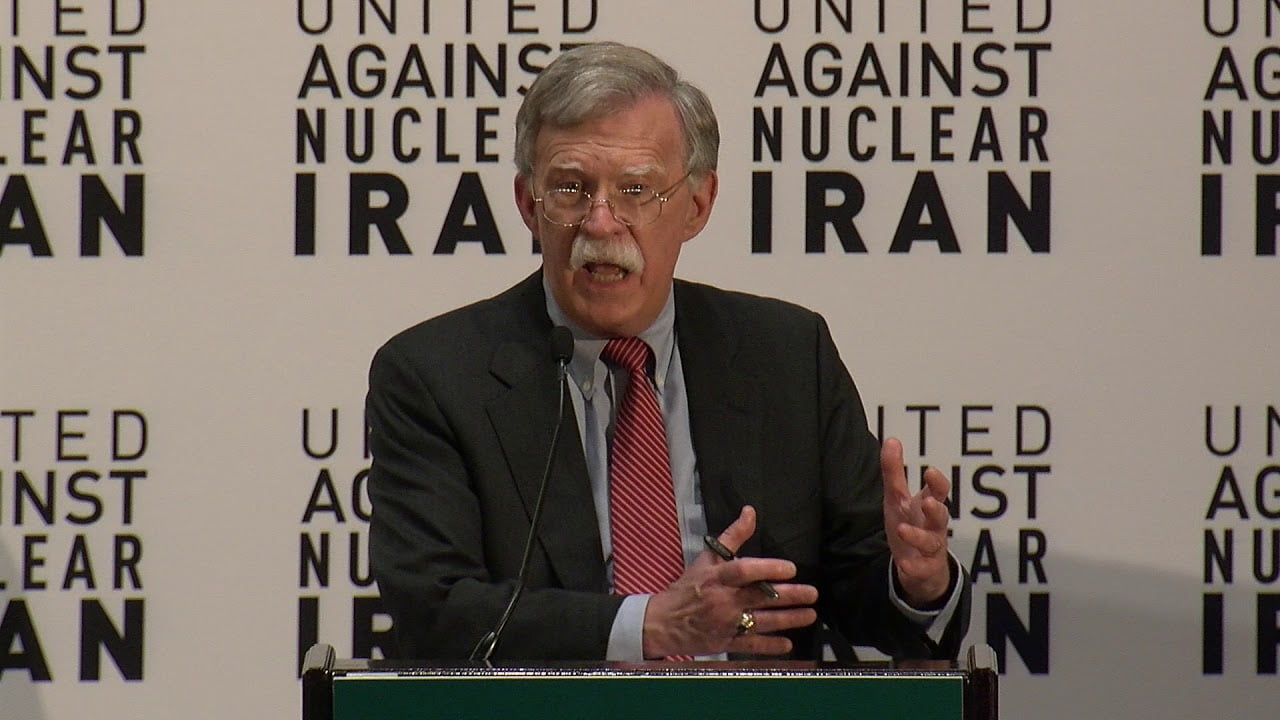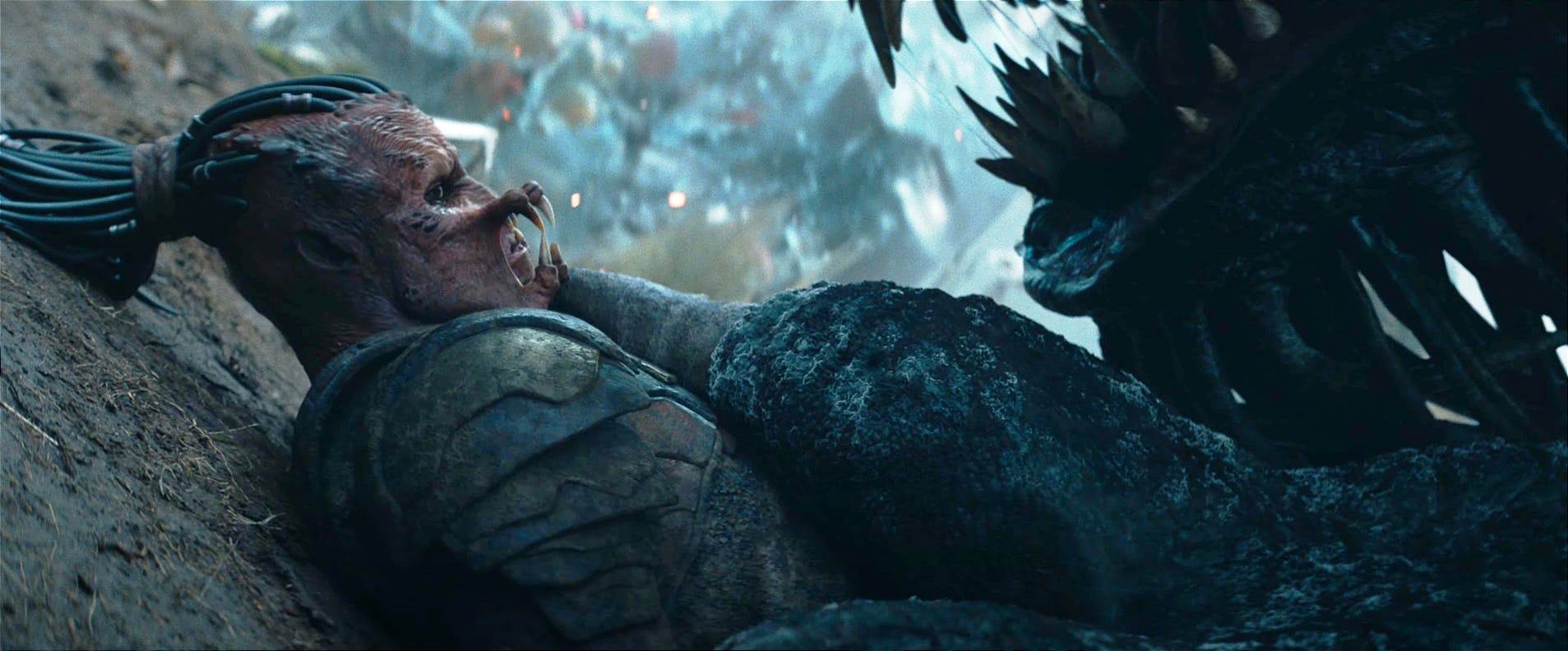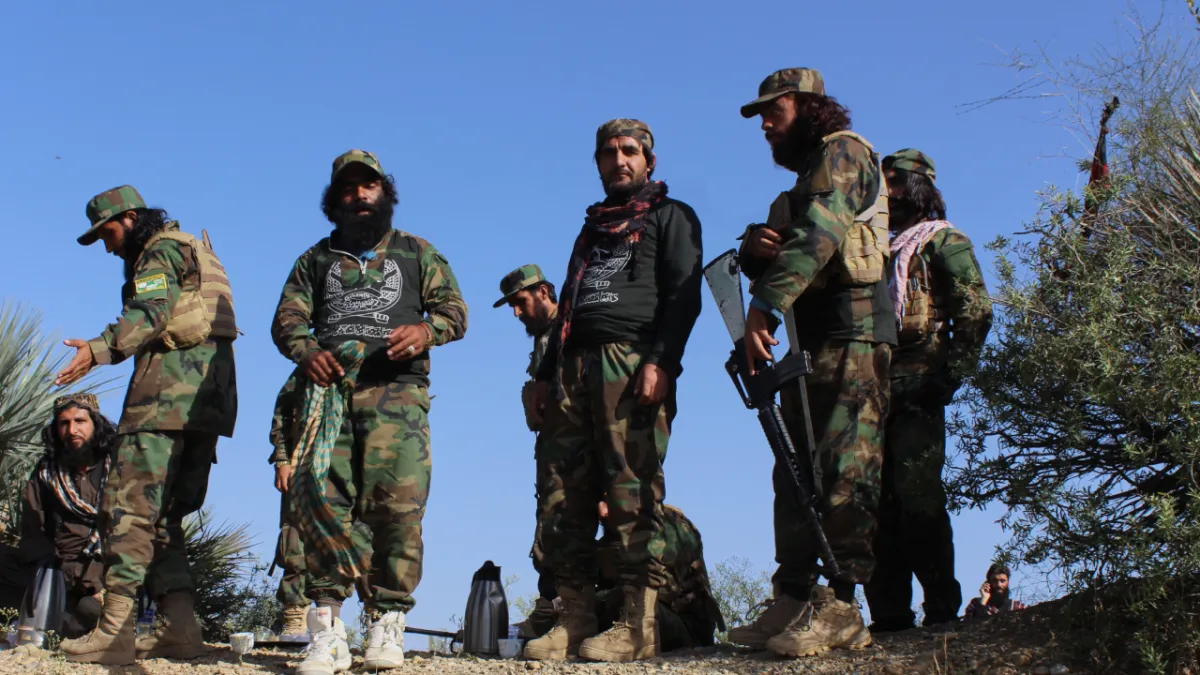
FEBRUARY 7, 2019
by Seyed Hossein Mousavian
In his State of Union, President Trump focused his comments about the Middle East on Iran, the fight against the Islamic State (ISIS or IS), and the U.S. troop withdrawal from Syria. Despite his negative rhetoric about Iran, Trump did identify some potential common ground with the government in Tehran. The challenge for the next two years is to focus on that common ground, avoid a war between the United States and Iran, and prepare for an eventual U.S. return to the nuclear agreement with Tehran.
While Iraqi President Barham Salih hailed Iran for supporting the Iraqi nation in the fight against IS, Donald Trump singled out Iran as the world’s leading state sponsor of terror. Moreover the Iraqi president rejected a plan floated by President Trump that calls for keeping U.S. forces in Iraq to “watch” neighboring Iran, saying that the United States should not burden Iraq with its own “policy priorities.” He reiterated that Iraq and Iran play an important role in upholding peace and stability in the region.
Israeli Prime Minister Benjamin Netanyahu spoke with Trump once and Pompeo twice before Trump’s December 19 announcement of a U.S. troop withdrawal from Syria. Netanyahu lobbied very hard to keep America’s military presence in Syria to support an Israeli campaign of airstrikes aimed at threatening war with Iran. “We struck thousands of targets (in Syria) without claiming responsibility,” said Gadi Eisenkot, chief of staff of the Israel Defense Forces about Israel’s undeclared military campaign against Iran. The deputy commander of the Islamic Revolution Guards Corps (IRGC), Hossein Salami, declared that Israel will be eliminated and the entire occupied Palestinian territories will be retaken if it embarks on a new war. “The U.S. aircraft carriers would be destroyed, its air bases in the region burned, and the skies set ablaze…we have built our strength for the purpose of long, extended wars”, he said.
According to a Brown University study, U.S. wars in Afghanistan, Iraq, Yemen, Syria, and Libya have cost the $8 trillion. In addition, 480,000 people have died due to direct war violence, 244,000 civilians were killed in direct violence by other parties, and many times more have died indirectly. Over 6,950 U.S. soldiers have died and at least 7,800 US contractors killed. Last but not least, 21 million people became refugees or were displaced within their own countries.
In the State of Union, President Trump criticized long drawn-out wars. “As a candidate for president, I pledged a new approach. Great nations do not fight endless wars,” he said. Trump’s strategy is to avoid entering new wars coupled with a gradual withdrawal of U.S. forces from the Middle East. This strategy is on par with what Hillary Clinton envisioned in her 2011 Foreign Policy article, where she proposed refocusing on East Asian powers critical to U.S. national interests. America seems to realized that the current crises in the Middle East cannot be resolved any time soon, instability and terrorism will engulf the region for the years to come, and substantial financial resources, perhaps in the trillions of dollars, are required for long-term peace, stability, and reconstruction of the region.
Meanwhile, Iran since the Islamic Revolution of 1979 has always emphasized the need for U.S. troops to withdraw from the region. In this sense, Iran and the United States now share common views despite different interests. Nevertheless, this is only feasible through a safe and gradual withdrawal that could take some years to accomplish. Furthermore, it is in the interests of not only Iran and the United States, but also the entire region and the world, that a U.S. withdrawal from the region not lead to further instability and chaos in the region.
This commonality, which is also pivotal to international peace and security, has the potential to break the deadlock in the recurring confrontation between Iran and the United States. In 2001, under General Suleimani’s leadership, Iranian Quds Force played a decisive role defeating the Taliban and al-Qaeda in the war in Afghanistan. “His shrewd pragmatism has transformed the unit into a major influencer in intelligence, financial, and political spheres beyond Iran’s borders,” said Gen. Stanley McChrystal, former chief of the U.S. Joint Special Operations Command. Today, Tehran can facilitate a face-saving, safe, and reliable exit of U.S. forces from the region. Such cooperation would deescalate tensions between the two countries’ security and military forces, eliminating the possibility of another unnecessary military conflict in the region and setting the stage for a U.S. return to the nuclear deal.
However, concerns may remain about Iran’s regional influence. Therefore, it would be more prudent if the UN secretary general oversees the vacuum left behind. Moreover, UN Security Council resolution 598 requests the secretary general to examine, in consultation with Iran and Iraq and other Arab States in the Persian Gulf, measures to enhance the security and stability of the region. Based on this resolution, the UNSC can take practical steps to create a regional security and cooperation system in the Persian Gulf where Iran, Saudi Arabia, Iraq, and five other states around the Persian Gulf would take collective responsibility in the absence of U.S. forces, transforming current regional rivalries into partnerships.
Fortunately, a majority of Congress, U.S. public opinion, and even Trump himself are against a potential war with Iran. In Iran also, the majority of people and Iranian officials are against any military conflict. Nevertheless, there are influential players in key decision-making positions who view America’s current domestic turmoil as an opportunity to drag the United States into a war with Iran, and to dismember the country. Some of the heads of states of America’s regional allies, too, are working hard to realize this scenario before Trump leaves office.
The U.S. withdrawal from the Iran nuclear deal, a critical international agreement achieved only after direction negotiations between Washington and Tehran, has eliminated any chances of resolving other outstanding issues. Despite fundamental disagreements, Iran and the United States also have some mutual interests. The art of diplomacy is to find a way to set the stage for a dignified U.S. return to the nuclear deal by paving the way for the U.S.-Iranian cooperation on mutual interests.
Seyed Hossein Mousavian is Middle East Security and Nuclear Policy Specialist at Princeton University and a former Iranian diplomat. His latest book, Iran and the United States: An Insider’s view on the Failed Past and the Road to Peace, was released in May 2014.






[…] LeVant News […]